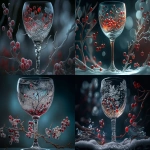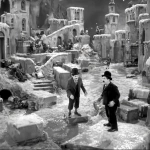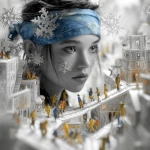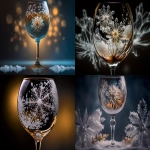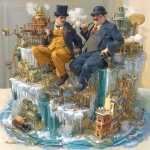Explore the Best AI Image Gallery
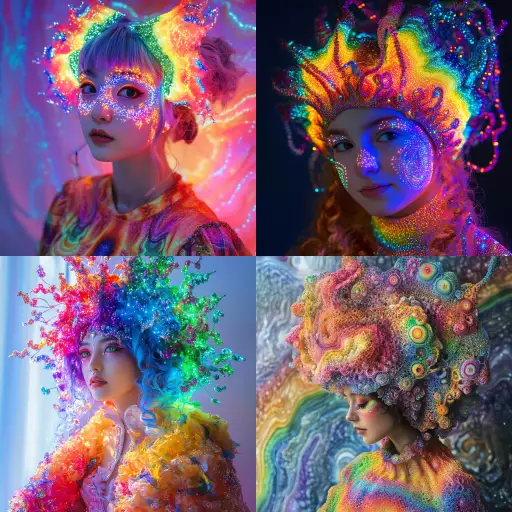
Pixels on Skin: AI-Generated Images and the Future of Art
The art world is abuzz with a new phenomenon: AI-generated images. These creations, born from complex algorithms and vast datasets, are pushing boundaries and sparking debate about the very definition of art. While some hail them as a revolutionary leap forward, others express concern over their potential impact on human creativity and the future of artistic expression.
The Rise of the Machines: How AI is Creating Art
AI image generation tools leverage deep learning techniques to analyze and understand patterns in existing artwork. By training on massive datasets of images, these algorithms learn to generate new visuals that mimic various styles and aesthetics. Popular platforms like DALL-E 2, Midjourney, and Stable Diffusion have democratized access to this technology, allowing anyone with an internet connection to create stunning AI-generated art.
A Canvas for Innovation: Potential Uses in the Creative Industry
The applications of AI-generated images extend far beyond simply creating aesthetically pleasing visuals. Here are just a few examples:
- Concept Art and Design: Artists can use AI to quickly generate ideas and explore different design concepts, saving time and resources.
- Advertising and Marketing: Generate unique visuals for campaigns and social media content, tailored to specific target audiences.
- Game Development: Create immersive environments and characters for video games, reducing the workload on artists and allowing for greater detail and complexity.
- Book Illustration and Cover Design: Generate captivating illustrations for childrens books or unique covers for novels, pushing creative boundaries.
Navigating the Ethical Landscape: Considerations and Challenges
While AI-generated images offer exciting possibilities, their emergence raises important ethical considerations:
- Copyright and Ownership: Who owns the rights to AI-generated artwork? The creator of the algorithm, the user who provides the prompt, or the AI itself?
- Bias and Representation: AI algorithms are trained on existing datasets, which can perpetuate biases and stereotypes present in society. Its crucial to ensure that AI-generated art reflects diverse perspectives and avoids harmful representations.
- Job displacement: The increasing use of AI in creative industries may lead to concerns about job losses for human artists and designers.
- Authenticity and the Value of Human Creativity: How do we define the value of art created by machines? Does it diminish the significance of human creativity, or does it open up new avenues for artistic expression?
The Future of Art: A Collaborative Landscape
Its clear that AI-generated images are here to stay and will continue to shape the art world. The future likely holds a collaborative landscape where artists and AI tools work together, leveraging each others strengths. Artists can use AI as a powerful tool to enhance their creative process, explore new concepts, and push the boundaries of whats possible. Meanwhile, AI algorithms can learn from human creativity, generating increasingly sophisticated and innovative art forms.
The key is to embrace this technological advancement responsibly, addressing ethical concerns and ensuring that AI serves as a catalyst for artistic growth and expression rather than a replacement for human creativity.
